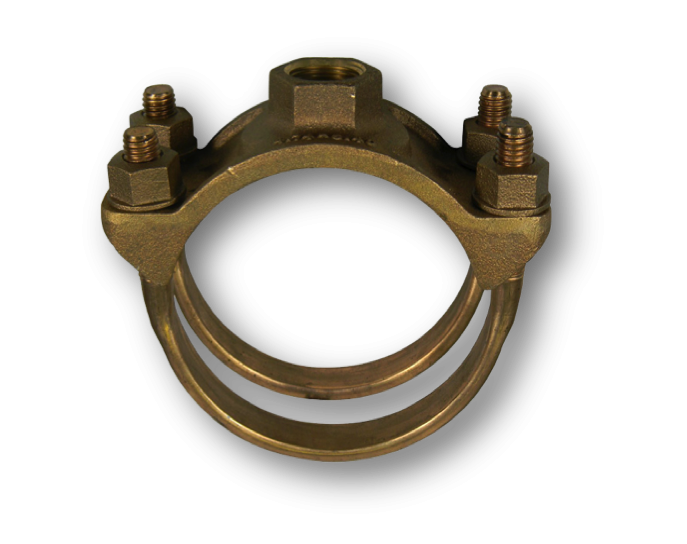Those familiar with water works products are well aware that the no-lead brass is relatively new to the industry, thanks to the implementation of Public Law 111-380. Years of trial and error led A.Y. McDonald to select a brass alloy that creates the best possible product. Known as the C89833, this alloy includes a makeup of approximately 88.5% copper, 5% tin, 4% zinc, and 2.2% bismuth.
There tends to be a false stigma clouding some people’s view on this material, leading to the assumption that it is brittle. However, brittle is probably not an accurate description for this material. It all comes down to one word: elongation.
Elongation is characterized as the level of flexibility a product can endure before it breaks. The lower the elongation percentage, the less forgiving the material is for cracks and leaks. A.Y.’s no-lead brass has about 16% elongation level while the leaded brass rests at 20%. Neither one of these brass alloys would be described as brittle because plastic deformation occurs (it bends) before the material breaks. So although the elongation is less for the no-lead material, it still would not be correct to call it brittle.
While our no-lead brass is reserved for potable water applications, our company does not produce service saddles with the C89833 brass alloy, as the material isn’t as ductile as the leaded brass. This is because saddles may need to flex with changes in water main size and ground movement.
With the common misconception of the no-lead brass alloy exposed, contractors in the water works industry can rest easy that it is neither brittle nor incompetent. After all, each element that makes up our brass alloys serve their own individual purpose, creating the products we all know and trust today.

